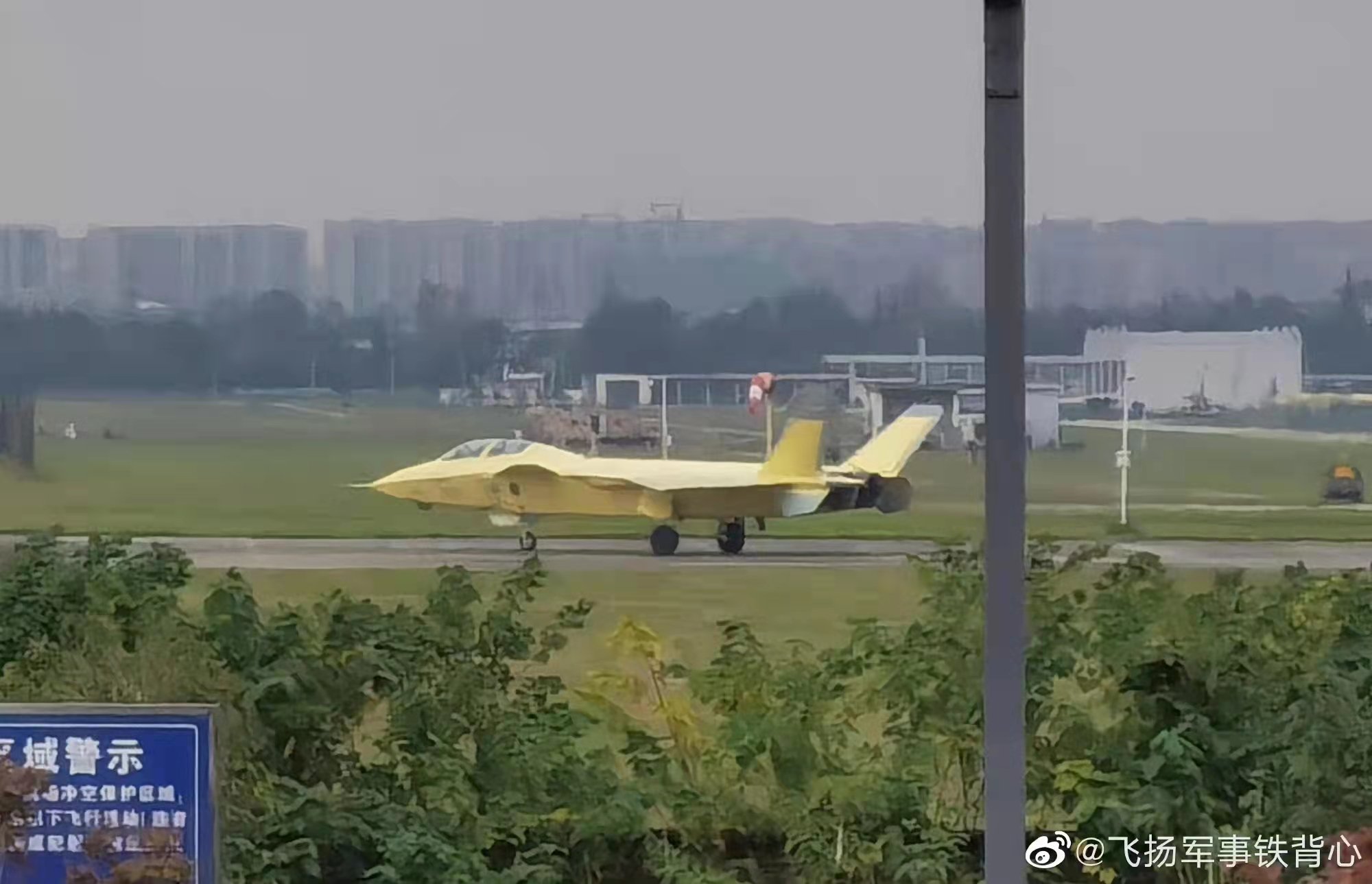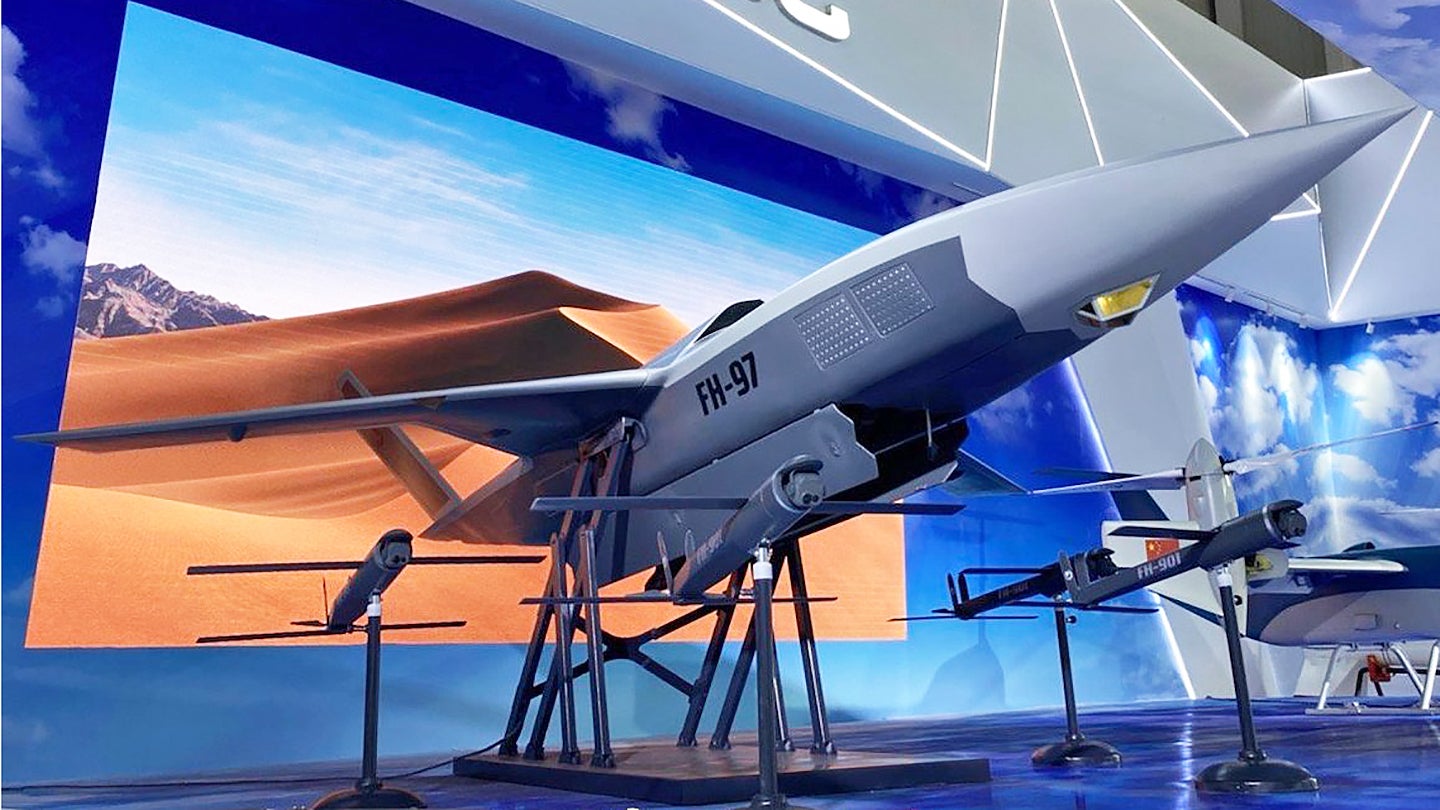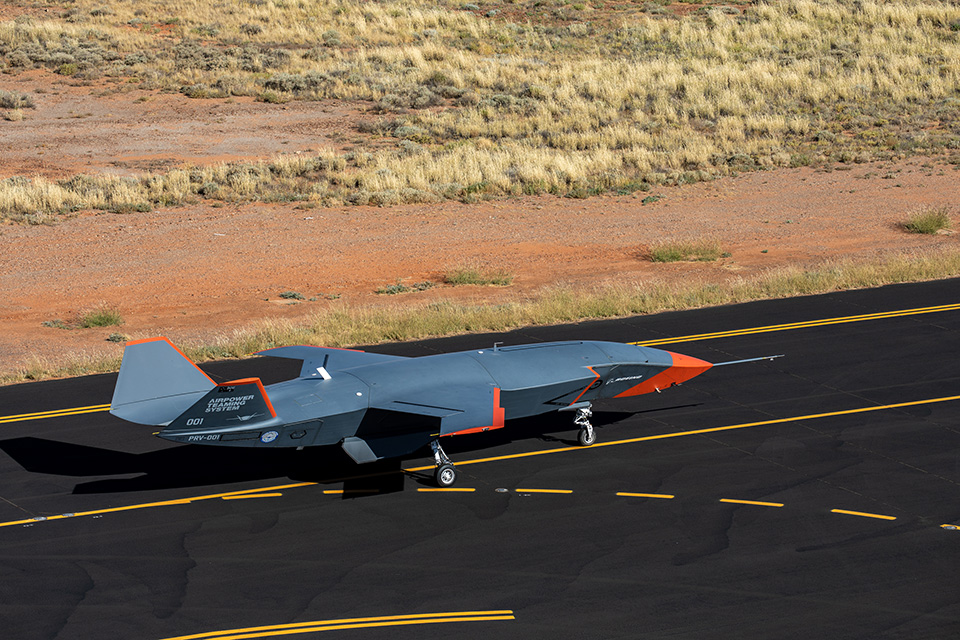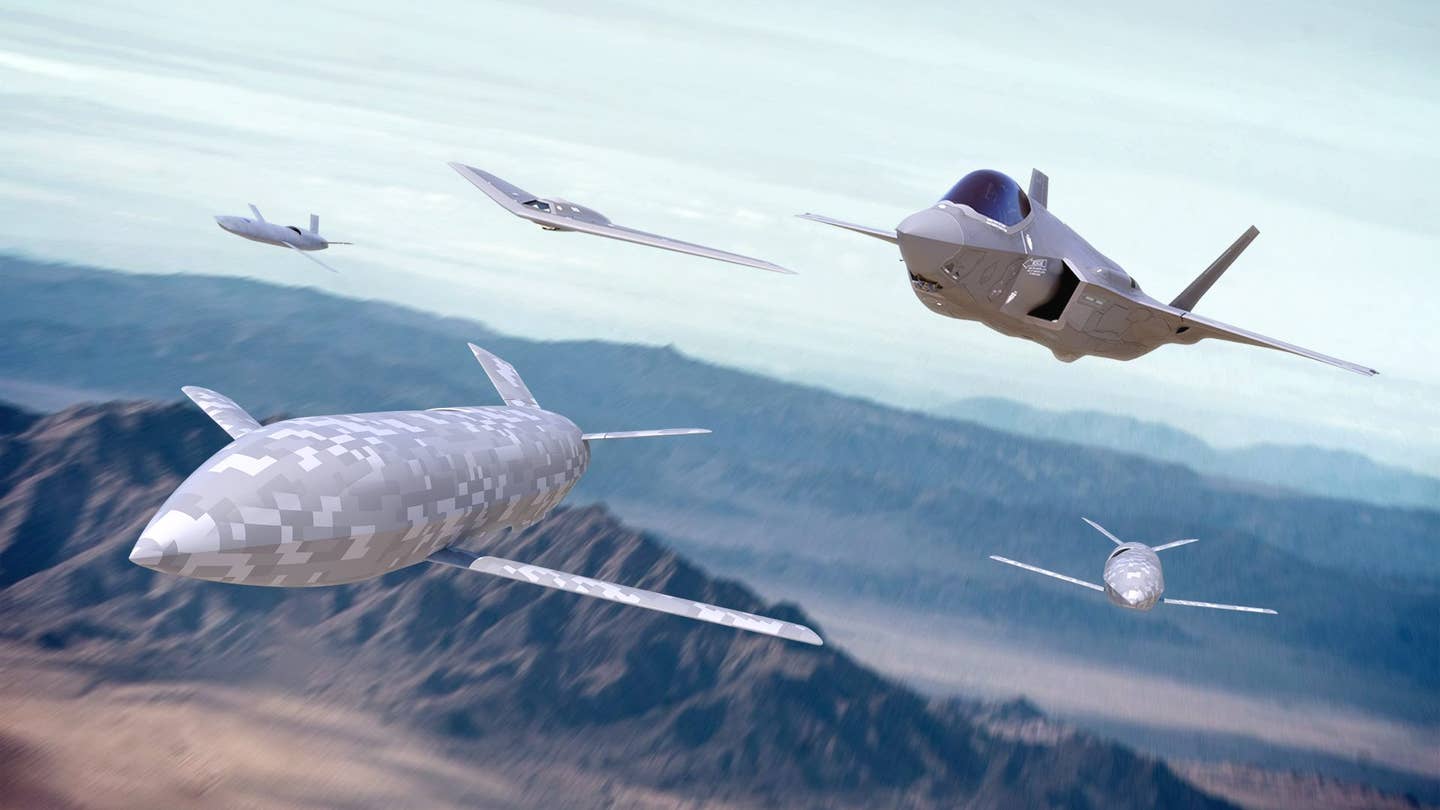The concept of manned-unmanned teaming between fighter jets piloted by humans and remotely-piloted autonomous aircraft has gained traction in the United States and China. As the two adversaries prepare for a future conflict, work on the manned-unmanned teaming is proceeding in full swing.
Over the years, unmanned aerial systems (UAS) have developed from relatively simple surveillance and reconnaissance platforms to complex and more autonomous system-of-systems. Unmanned systems equipped with artificial intelligence are now cooperating with manned platforms for future operations in what is known as manned-unmanned teaming.
China is already working on the twin-seat version of its most advanced fighter jet, the J-20, which could be paired with drones to boost its firepower.
“As Yang Wei, the aircraft’s chief designer has already said, the purpose of building such a twin-seat J-20 is not to treat it simply as a trainer. Its major role then will almost certainly be coordinating with drones.” This would mean that drones would become active combatants in future wars.
In a video released in January of last year to commemorate ten years since the J-20’s debut flight, China’s air force featured a computer-generated image of the twin-seat variant of the aircraft. In October, the twin-seat J-20S prototype was unveiled.
The idea that the second seat of this fighter could be used to control ‘wingman’ drones has been around for a long time.

A twin-seat J-20 can carry out coordinated reconnaissance, coordinated strike, and coordinated command missions when coupled with drones, a technically manned-unmanned teaming process.
The swarm of drones, each of which can carry between four to ten precision-guided missiles, can increase the firepower of the fighter even if the aircraft has just four to six ground-strike weapons. It further notes that a J-20 outfitted with a swarm of drones could carry out early-warning missions and combat reconnaissance.
China has been meticulously working on drone swarm technology. In May this year, researchers at Zhejiang University in China developed the necessary technology for a drone swarm to fly autonomously through uncontrolled environments.
One of the leading drone manufacturers in the world, China already possesses an intelligent swarming attack technology, using nearly ten unmanned helicopter drones. It has also unveiled a drone carrier vessel ‘Zhu Hai Yun’ that will act as a mothership for a swarm of drones attack, especially in the Indo-Pacific.
Loyal Wingman drones have emerged as the most sought-after aircraft teaming concept actively pursued by western countries like the United States and Australia, among others.
China is no exception. These affordable platforms would be used as adjunct aircraft to the main fighter jet in a near-peer conflict fought in a highly contested airspace.

In September last year, China unveiled a long-range FH-97 loyal wingman drone concept that could carry different weapons and has swarm and electronic warfare capabilities. The idea was touted as similar to the US-made Kratos (KTOS.O) XQ-58A Valkyrie in mission and appearance.
The United States remains deeply invested in its manned-unmanned teaming concept on a war footing, perhaps, with equal if not more enthusiasm than the Chinese.
American Manned-Unmanned Teaming Coming Soon
The US Air Force (USAF) has emphasized developing and transforming its systems and capabilities to better position itself for a potential battle with China. Using unmanned aerial systems alongside manned aircraft appears to be at the heart of the USAF’s counter-Chinese strategy.
The possibility of an armed confrontation between the two bitter rivals, the US and China, becomes even more significant as Beijing has vowed to reunite Taiwan with the Chinese mainland with force, if necessary.
In contrast, the US President has promised to oppose any armed Chinese invasion of Taiwan tooth and nail, using its military if required.
To prepare for a future conflict with China, the USAF is already pursuing the highly-classified Collaborative Combat Aircraft program (CCA). It contends that drone technology will likely be crucial in the Indo-Pacific region to pressure Chinese air defenses, as recently observed by EurAsian Times.

In a recent news conference, Gen. Kenneth Wilsbach, head of the Pacific Air Forces (PACAF), said, “I would say it’s in the very beginning stages because, in all candor, we’re just starting to see the initial actual technology start to reach the field.”
General Wilsbach has previously claimed that Beijing possesses powerful anti-access/area-denial capabilities, particularly in eastern China and the South China Sea.
He proposed a potential solution to the issue of a fleet of reasonably priced, “attritable” unmanned systems. These drones could be employed in massive conflicts to challenge opposing air defense units.
Future drones might also be used as sensors, jammers, “weapons trucks,” or even simple decoys to deflect hostile fire away from more robust platforms. It is possible to develop autonomous, AI-capable systems collaborating and operating in swarms. Earlier, Wilsbach called manned-unmanned teaming “the future’s wave.”
Frank Kendall, the secretary of the USAF, announced earlier this month that the service could launch a competition for the sixth-generation drone fighter as early as fiscal 2024. He spoke in Arlington, Virginia, at the Defense News Conference 2022.
According to Kendall, as it designs an acquisition plan for the Collaborative Combat Aircraft project, the Air Force is currently in “early negotiations” with industry stakeholders. The Next Generation Air Dominance (NGAD) family of systems, which is a part of the service’s CCA program, would field one or more types of unmanned aircraft.
To be prepared for future wars, the United States Air Force (USAF) has positioned autonomous systems powered by artificial intelligence as auxiliary aircraft. On the strength of that concept, Skunk Works, a division of Lockheed Martin, recently unveiled its “Project Carrera.”

According to the Advanced Projects Group of Lockheed Martin’s Skunk Works, a highly human-centric, adaptive autonomy framework is being planned. The distributed manned-unmanned teaming framework serves as the foundation for the concept.
Various tiers of uncrewed aircraft will be able to operate with varying degrees of autonomy and cooperate with their crewed counterparts thanks to different artificial intelligence-driven software-based control systems.
Initial flight testing of these ideas will start soon at Skunk Works, and the first tests will hook up its Speed Racer drone with the stealthy F-35 Joint Strike Fighter variants.
While China could be preparing to enhance the J-20’s firepower using armed drones, the United States is simultaneously preparing for a Chinese challenge by building on the concept of manned-unmanned teaming.
It wouldn’t, thus, be an exaggeration to say that any future war between the two would see drones fighting against one another in extraordinary advance aerial warfare.
- Contact the author at sakshi.tiwari9555@gmail.com
- Follow EurAsian Times on Google News




